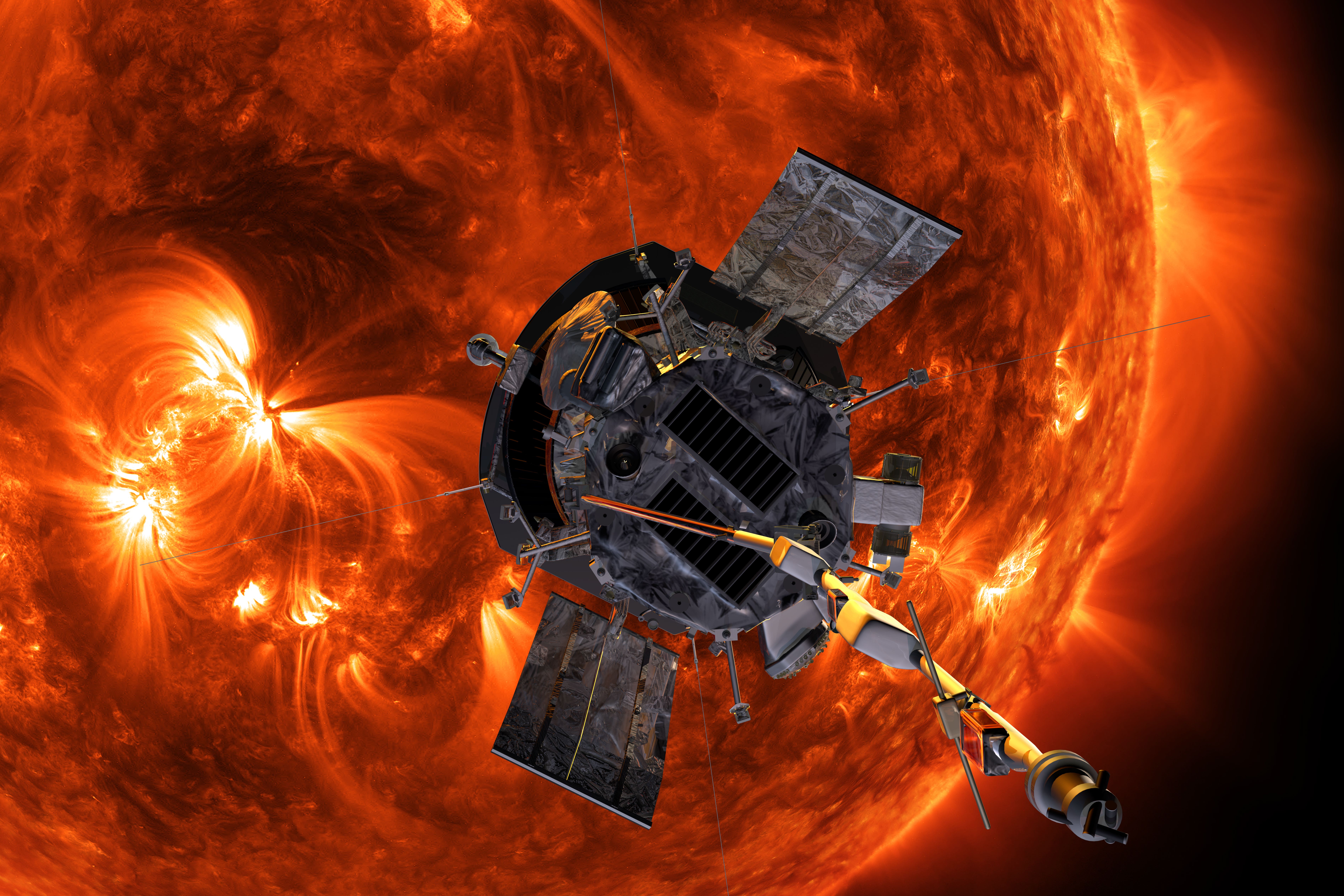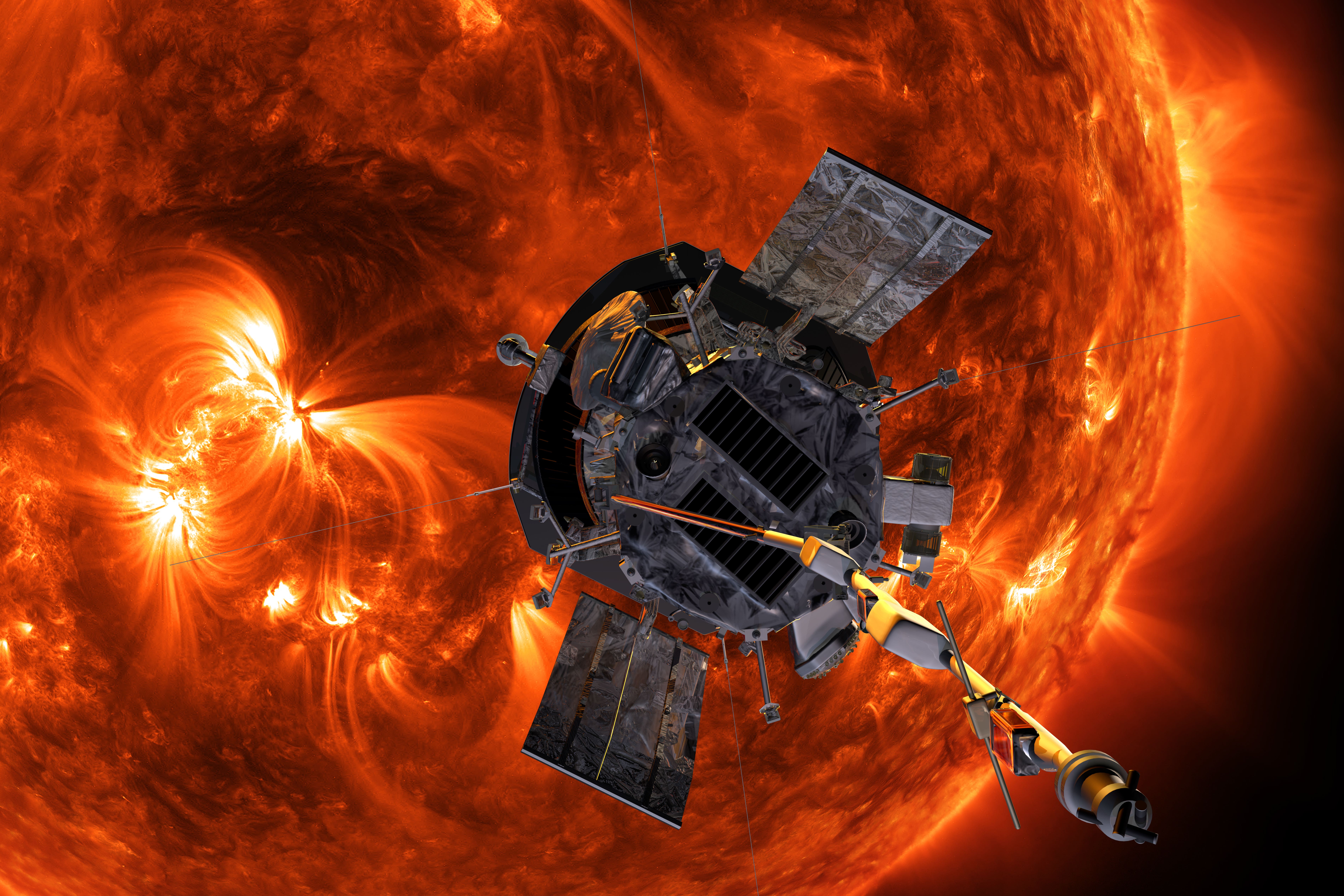Nasa issues major update on spacecraft which attempted closest-ever approach to Sun
Share:
A spacecraft that made the closest-ever approach to the surface of the sun is now safe and “operating normally” after it's breakthrough mission, Nasa has said. On Christmas Eve, the Parker Solar Probe came within 3.8 million miles of the sun’s surface while moving at 430,000 miles per hour, according to Nasa - and potentially endured roasting temperatures of up to 982C.
The American space agency said the mission operations team at the Johns Hopkins Applied Physics Laboratory (APL) in Laurel, Maryland, received the all clear signal on Boxing Day evening. Johns Hopkins, founded in 1876, is America's first research university and home to nine world-class academic divisions working together as one university. The spacecraft is expected to send back detailed data about its condition and experiences on January 1.
Nasa said: “Following its record-breaking closest approach to the sun, Nasa’s Parker Solar Probe has transmitted a beacon tone back to Earth indicating it’s in good health and operating normally.” Scientists hope the mission will allow them to measure how material is heated to millions of degrees, find where solar wind comes from and learn how energetic particles reach near light speeds.
Since the spacecraft launched in 2018, it has circled gradually closer to the sun – flying past Venus in order to use the planet’s gravity to move it into a tighter orbit. When it first passed into the sun’s atmosphere in 2021, the probe made unexpected discoveries about the boundary of the corona.






















